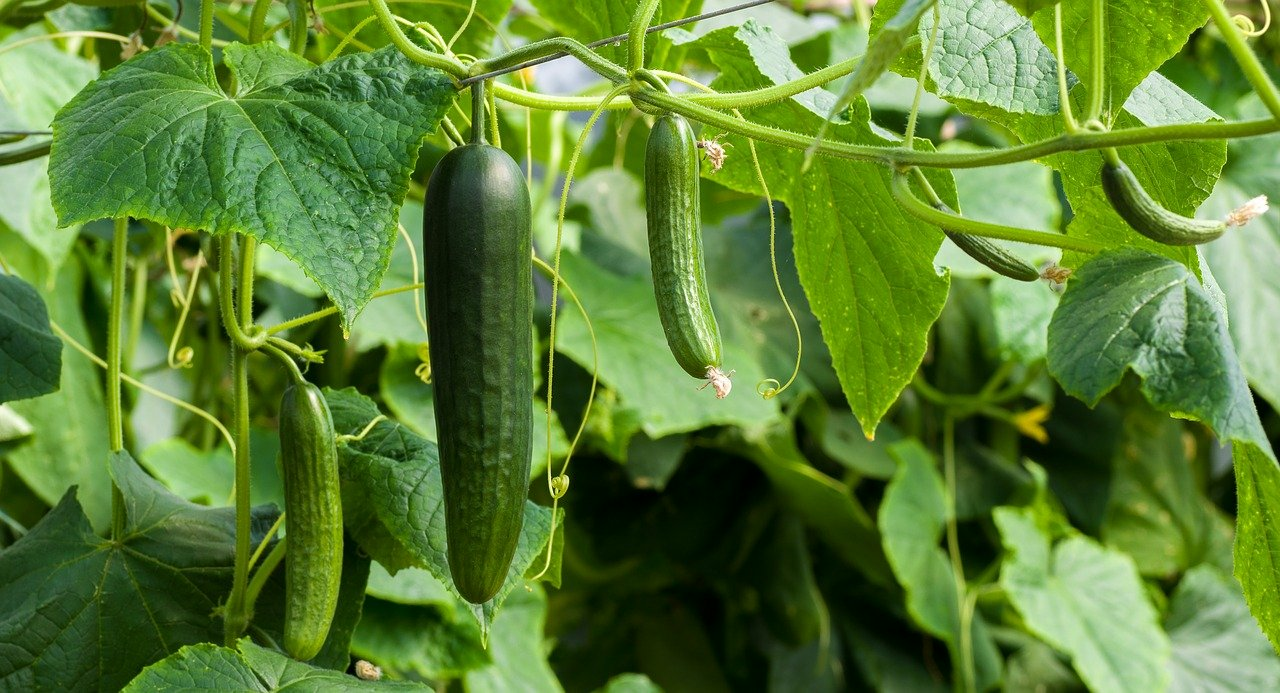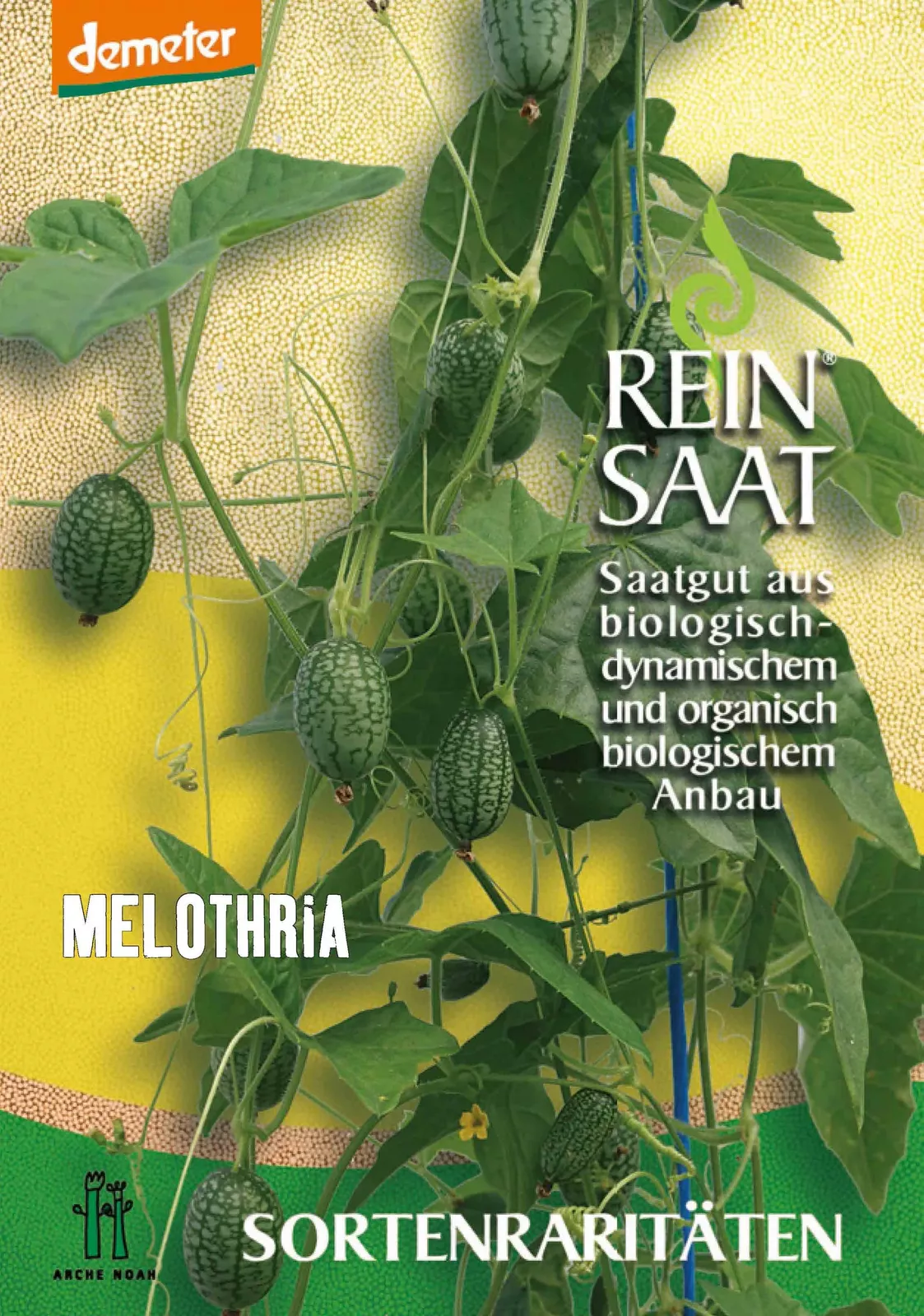Growing cucumbers
How do cucumbers grow?
Like zucchinis, melons and pumpkins, cucumbers belong to the gourd family. Cucumbers are annual climbing plants that can either creep along the ground or grow upright. Depending on the variety, location and care, they can reach heights of 2 to 3 meters.
Location and soil
Both outdoor and greenhouse cucumbers grow best in a full sun location with loose, humus-rich and well-drained soil. In addition, the soil should always be evenly moist. As cucumbers are heavy feeders, the soil should be well fertilized.
Sowing cucumber
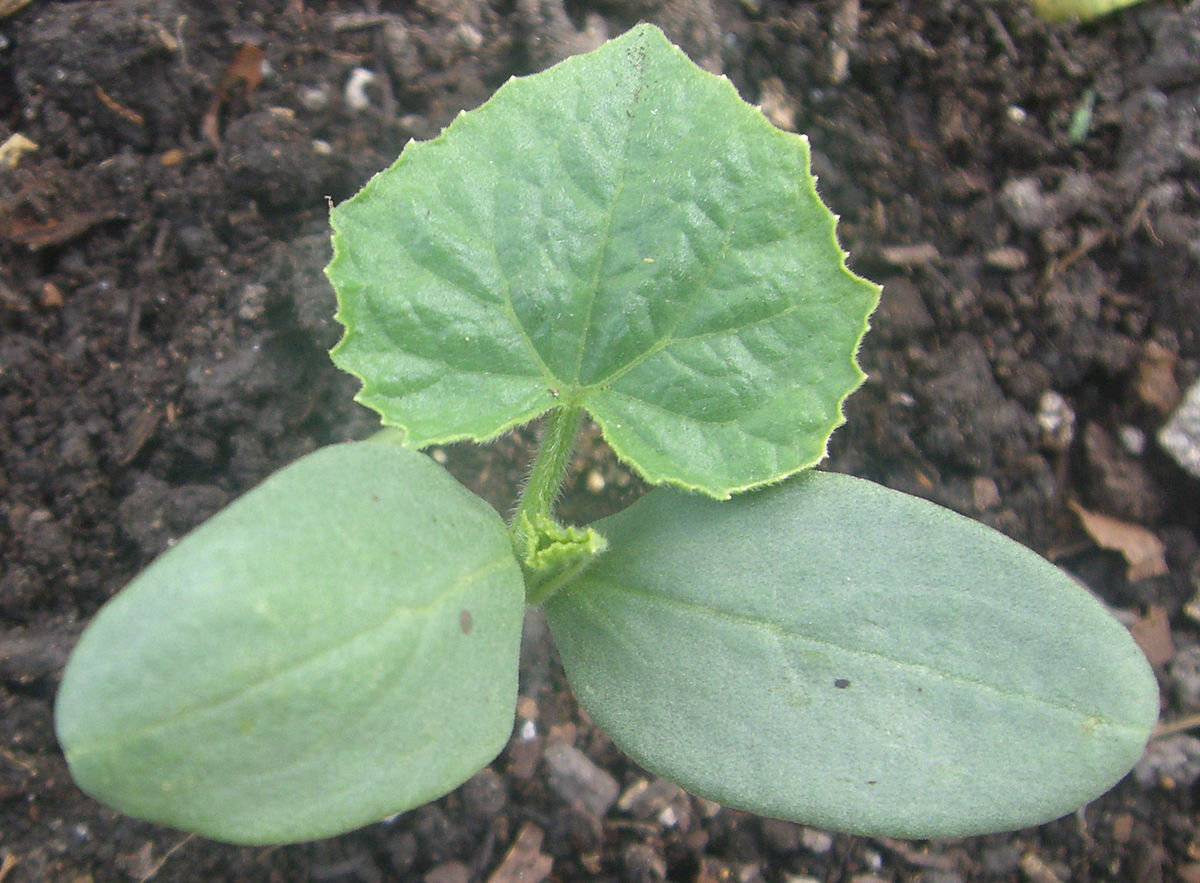
You can start growing cucumbers at home on the windowsill as early as April. If you have a greenhouse, you can start as early as March. Don't start growing too early and at least four weeks before the planting date. Otherwise the young plants will grow too big, as cucumber seedlings grow quickly. Sow the cucumber seeds directly into larger pots, as cucumbers do not like being repotted. You can also sow cucumbers directly outdoors or in a greenhouse. However, you should only sow outdoors from May to the end of July, when no more frosts are expected - Sowing depth: 2-3 cm - Germination temperatures: around 20 degrees
Planting cucumbers
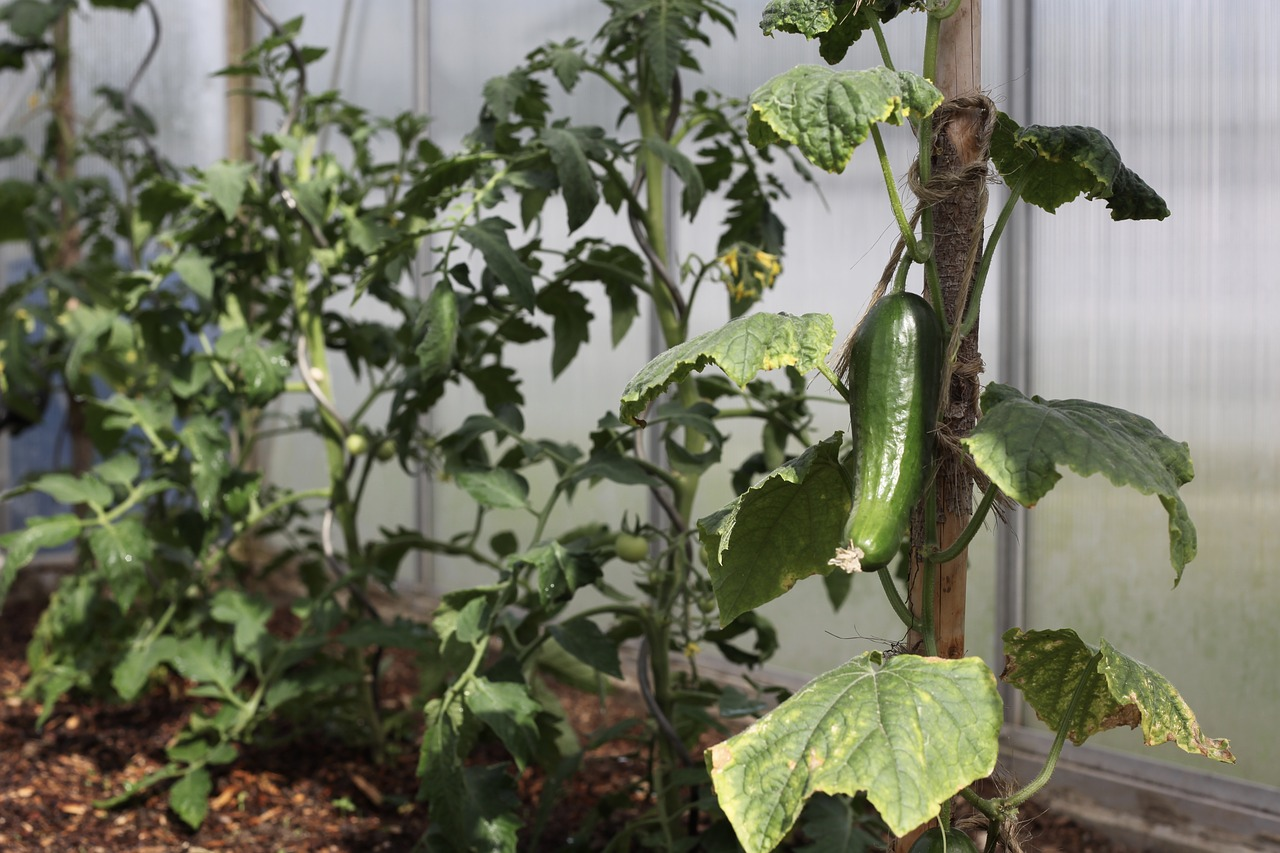
The pre-grown young plants can be planted outdoors from mid-May. You can plant them in the greenhouse earlier, from April. As cucumber plants grow quite sprawling, you should keep a planting distance of at least 40 x 40 cm.
Fertilizing and caring for cucumbers
- Prepare the bed well with compost or horn shavings. During the season, you should also fertilize regularly and as needed with organic liquid fertilizer - A regular watering routine is very important, as cucumbers need evenly moist garden soil. A layer of mulch can help to protect the soil from drying out. - Provide climbing support for cucumbers when growing vertically, especially for snake cucumbers. To ensure that the cucumbers hold well, you should regularly guide the tendrils up the trellis. - If necessary, cut back the cucumbers to restrict growth.
Cucumber diseases
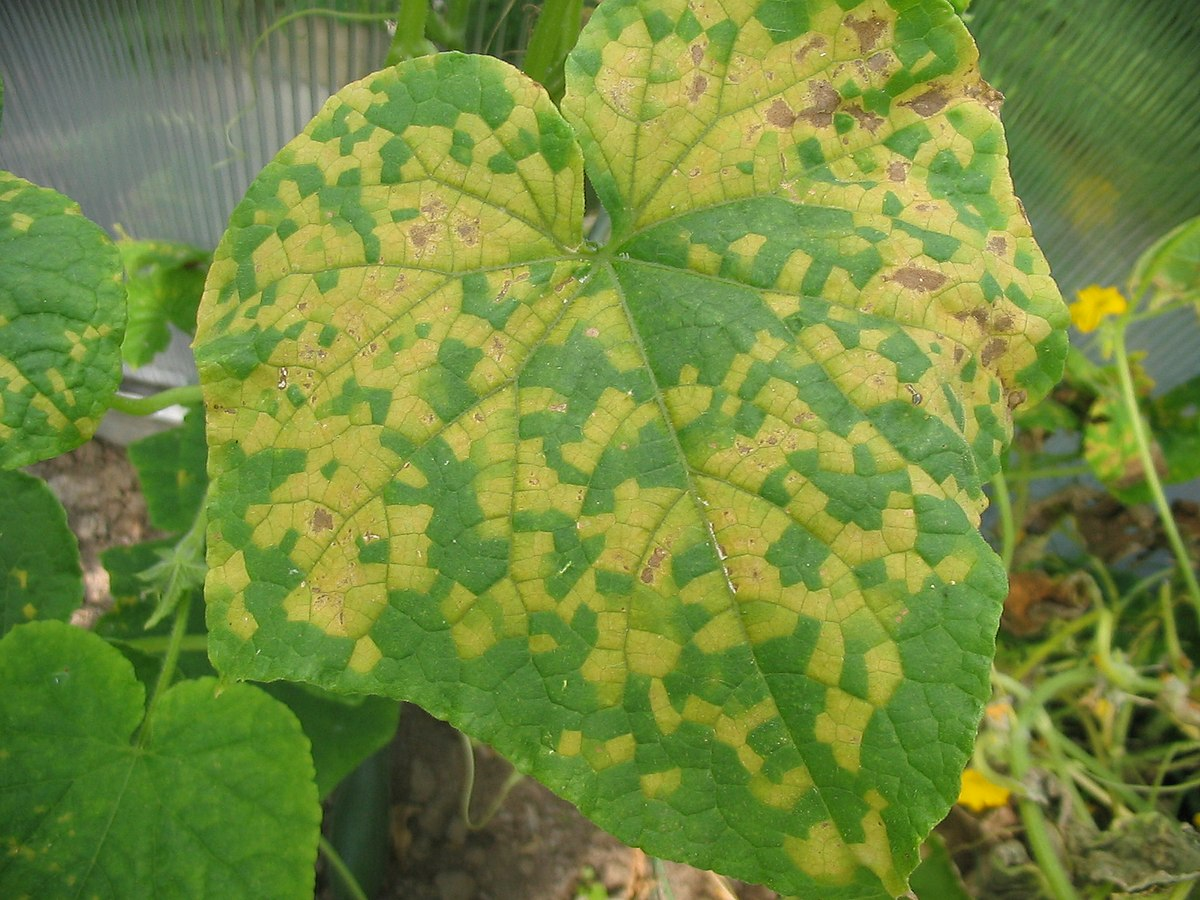
Cucumber plants are quite sensitive to fungal diseases and susceptible to powdery and downy mildew, gray mold and sclerotina wilt. Grafting seedlings are often offered in nurseries. Here, the upper part of a desired variety is grafted onto a root with a cut stem. If the rootstock and the top come from the same plant family, they will normally grow together. The fig leaf pumpkin (Cucurbita ficifolia) is often used as the rootstock. This species is resistant to many soil-borne diseases such as Fusarium. The rootstock also has strong root growth, which increases the success of the cucumber harvest.
Harvesting cucumbers
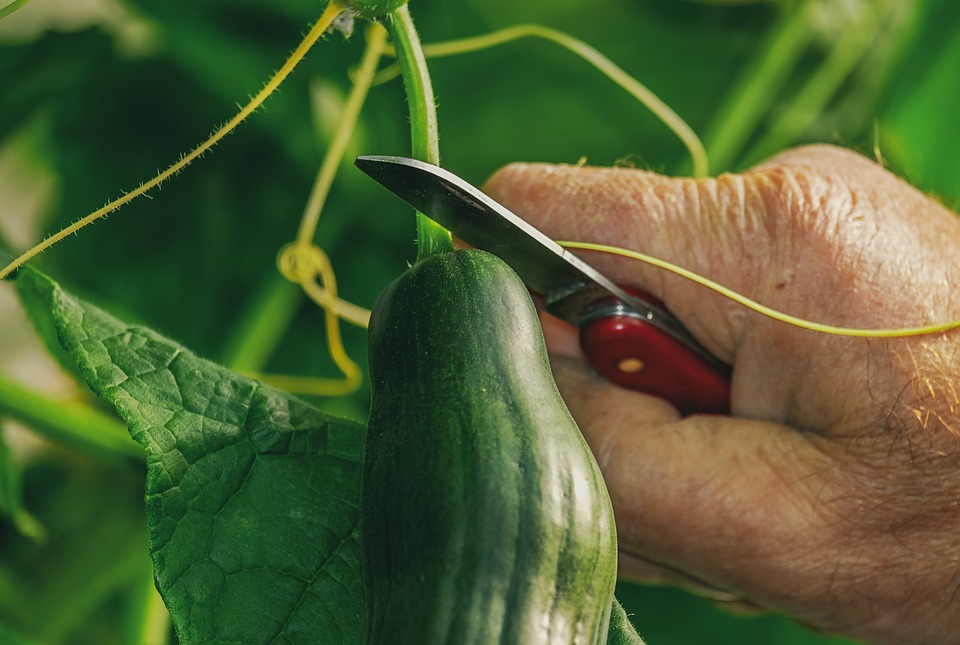
If the conditions are right, you can harvest your first cucumbers just eight to nine weeks after sowing. The great thing is that harvesting the cucumbers also stimulates flower production. This means that the more you harvest, the more will grow back! In a good season, you can harvest almost daily. Use a sharp knife to avoid damaging the plant.
